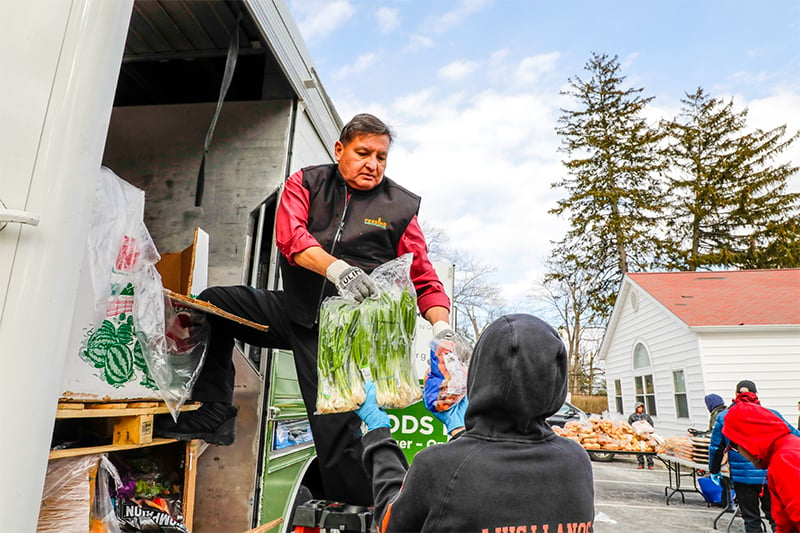
Food banks and food pantries are both pivotal components in the fight against hunger across America. But what you may not realize is that the definitions of the two are not interchangeable. So what’s the difference between a food bank and a food pantry?
A food bank is an organization that collects food and supplies it to local hunger-relief charities—acting as a food storage and distribution depot for smaller front-line agencies, including soup kitchens, youth centers, food pantries, and shelters. Varying widely in size, food banks usually do not give out food directly to food-insecure people themselves.
However, this is where food pantries come in: Food pantries are distribution centers that deliver food directly to those in need in a given area. Food pantries and food banks work together cohesively to provide nourishment to those who face hunger. In an effort to combat the 6,500 "food deserts" within the United States—areas lacking supermarkets and other affordable sources of nutritious food—as factors such as rent spikes push brick-and-mortar locations out, both food banks and food pantries are increasingly going mobile. This enables organizations to bring food directly to the neighborhoods and people that need it most.
Food banks function as the warehouses for millions of pounds of food that is eventually distributed to those in need within a given community, so they require a high level of organization throughout the supply chain. Here’s an idea of how it works with Feeding America’s nationwide network of 200 food banks and 60,000 food pantries and meal programs: Feeding America first secures donations from its partners, which include food retailers, grocery manufacturers, growers, and government agencies, among others. Next, the food and grocery products are delivered to the Feeding America network of food banks—which, in turn, distribute them to food pantries and meal programs. The food is then given directly to local people who are facing food insecurity.
For people suffering from food insecurity, food pantries may be the only local source of free healthy and nutritious food in their neighborhood. Nationwide research conducted by Feeding America, called The Hunger in America study series, shed light on the widespread issue of food insecurity. The study found that one in seven Americans—or 46 million people—rely on food pantries and other local meal service programs, such as school lunch initiatives and senior citizens' Meals on Wheels deliveries, to feed themselves and their families. This includes 12 million children and 7 million seniors, from military families to recent college graduates.
Food pantries are often stocked with nonperishable items, including a variety of canned goods—everything from applesauce, cooking oils, and dried herbs to canned beans and fish. Many food pantries also rely heavily on food banks to provide a steady supply of perishable items that are in high demand and need to be eaten quickly. The three most requested types of items at food pantries are dairy products, such as milk and cheese; fresh produce; and lean proteins.
Many food pantries offer services to provide more than simply the next meal for people who are food insecure. A food pantry may also provide nutrition education, workforce development and support, back-to-school supplies, health screenings, and seasonal food baskets.
Interested in learning more about what we do here at Feeding Westchester? Check out this page on our website.







